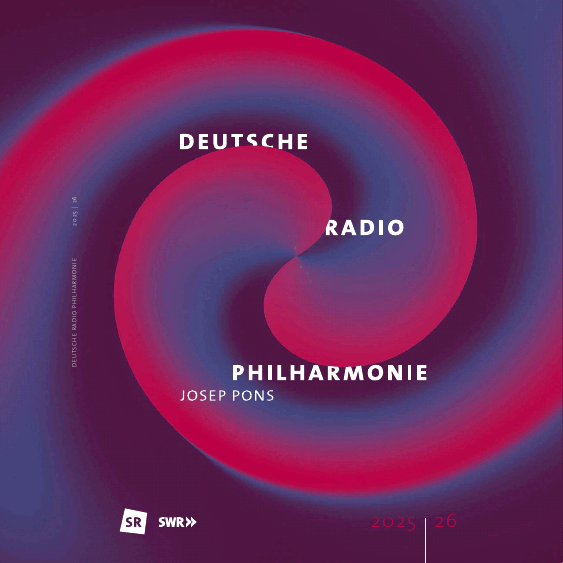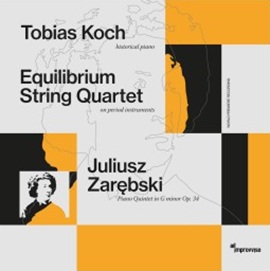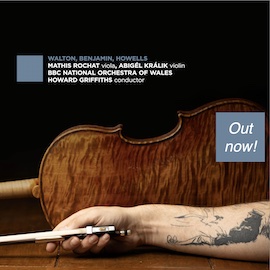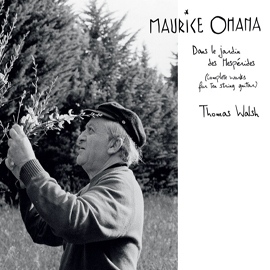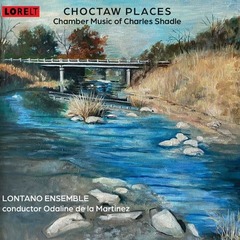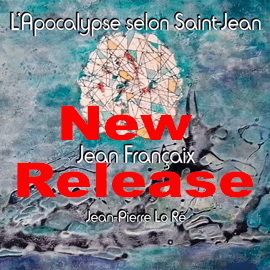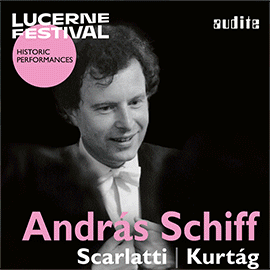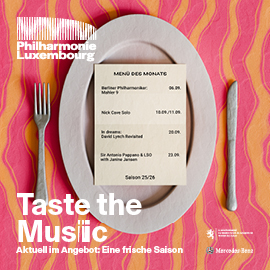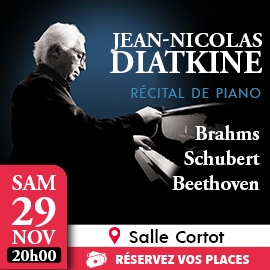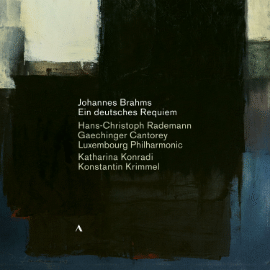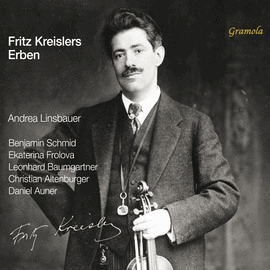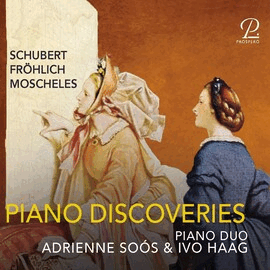In einer Zeit, in der Donald Trump eine revisionistische Geschichtsschreibung und generell eine Politik propagiert, die die Rechte der weißen Rasse stärkt und jene der Minoritäten, darunter auch die der Ureinwohner-Nationen in den USA einschränkt, ist es wichtig auf ein Album wie dieses hinzuweisen.
Der 1960 geborene Komponist Charles Shadle konzipierte das Album als Hommage an seine Heimat, die Choctaw Nation in Oklahoma, für die der Komponist die Kammermusikgruppe Lontano Ensemble unter der Leitung der kubanisch-amerikanischen Dirigentin Odaline de la Martinez verpflichtet hat.
Den Informationen des Produzenten zufolge ist die Choctaw Nation of Oklahoma die drittgrößte indianische Nation in den Vereinigten Staaten, mit einem Territorium, das Teile des südöstlichen Oklahoma einnimmt. Die Vertreibung der Choctaw aus ihrem angestammten Land durch die erzwungene Migration von 20.000 Choctaw (die zum Tod von etwa 4.000 Choctaw führte) hat die Bindung des Stammes an den Ort nur noch vertieft.
Shadle schreibt: « Als Mitglied der Choctaw Nation habe ich das Gefühl, dass meine Identität mit dem Land verbunden ist, weil es uns einst weggenommen wurde. Alle Lieder des Albums sind tief in der Landschaft verwurzelt, da sie sich auf die natürliche Welt und die Beziehung der Menschen zu dieser Welt konzentrieren. Ich habe mich auf meine eigenen Erinnerungen und die meiner Choctaw-Vorfahren gestützt, als ich unser Heimatland Oklahoma beschwor und feierte. »
Zu hören ist zunächst der Oklahoma Choctaw Cycle (2010-16) mit den drei Sätzen Limestone Gap, Red Cedar und The Old Place. Es ist ein Quintett für Flöte, Klarinette, Violine, Viola und Violoncello mit einer anspruchsvoll komponierten, auf traditionellen Tänzen und Gesängen basierenden Musik, die viel mit schimmernden Farben spielt und oft an Naturklänge erinnert.
Das gilt auch für den Chahta Aiasha (Choctaw Places), ein Oboen- bzw. Englischhorn-Quartett mit sehr schönen Solostrecken, die etwas melancholisch klingen und Einsamkeit signalisieren, was durch die alten Ensembleteile kontrastiert wird.
Das Werk demonstriert Charles Shadles Fähigkeit, verschiedene musikalische Ideen miteinander zu verbinden und ein mehr als nur gefälliges Stück zu schaffen.
At a time when Donald Trump is promoting revisionist history and policies that strengthen the rights of the white race and restrict those of minorities, including Native American nations in the US, it is important to highlight an album like this one.
Born in 1960, composer Charles Shadle conceived the album as a tribute to his homeland, the Choctaw Nation in Oklahoma, for which the composer engaged the chamber music group Lontano Ensemble under the direction of Cuban-American conductor Odaline de la Martinez.
According to the producer’s information, the Choctaw Nation of Oklahoma is the third-largest Native American nation in the United States, with a territory that covers parts of southeastern Oklahoma. The displacement of the Choctaw from their ancestral lands through the forced migration of 20,000 Choctaw (which resulted in the deaths of approximately 4,000 Choctaw) has only deepened the tribe’s connection to the place.
Shadle writes: “As a member of the Choctaw Nation, I feel that my identity is connected to land because it was once taken away from us. All of the album’s songs are deeply rooted in landscape, in that they are focused on the natural world and the relationship of human beings to that world. I drew on my own memories, and those of my Choctaw ancestors, when evoking and celebrating our Oklahoma homeland.”
First up is the Oklahoma Choctaw Cycle (2010-16) with the three movements Limestone Gap, Red Cedar, and The Old Place. It is a quintet for flute, clarinet, violin, viola, and cello with sophisticatedly composed music based on traditional dances and songs, which plays a lot with shimmering colors and often evokes the sounds of nature.
This also applies to Chahta Aiasha (Choctaw Places), an oboe and English horn quartet with very beautiful solo passages that sound somewhat melancholic and signal loneliness, which is contrasted by the old ensemble parts.
The work demonstrates Charles Shadle’s ability to combine different musical ideas and create a piece that is more than just pleasing.



